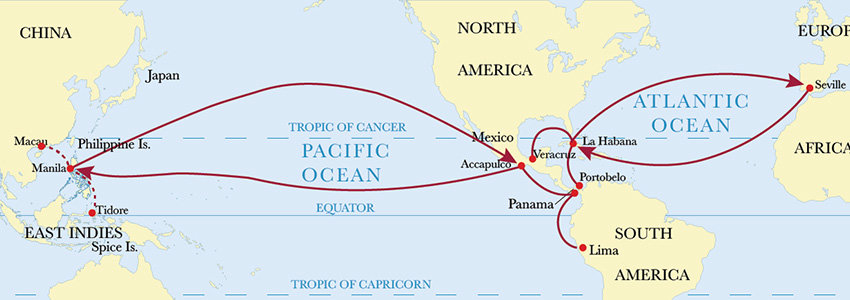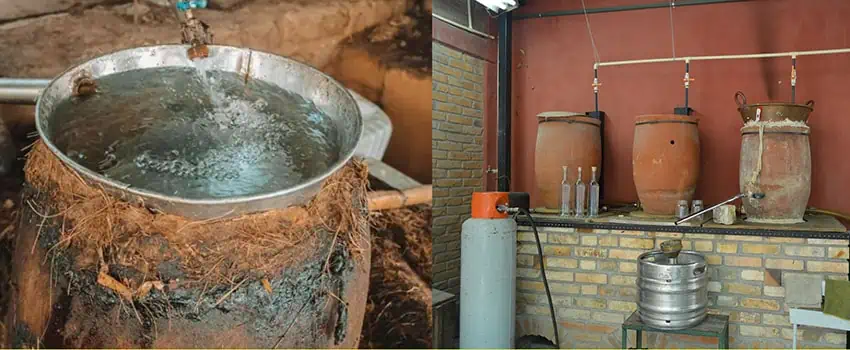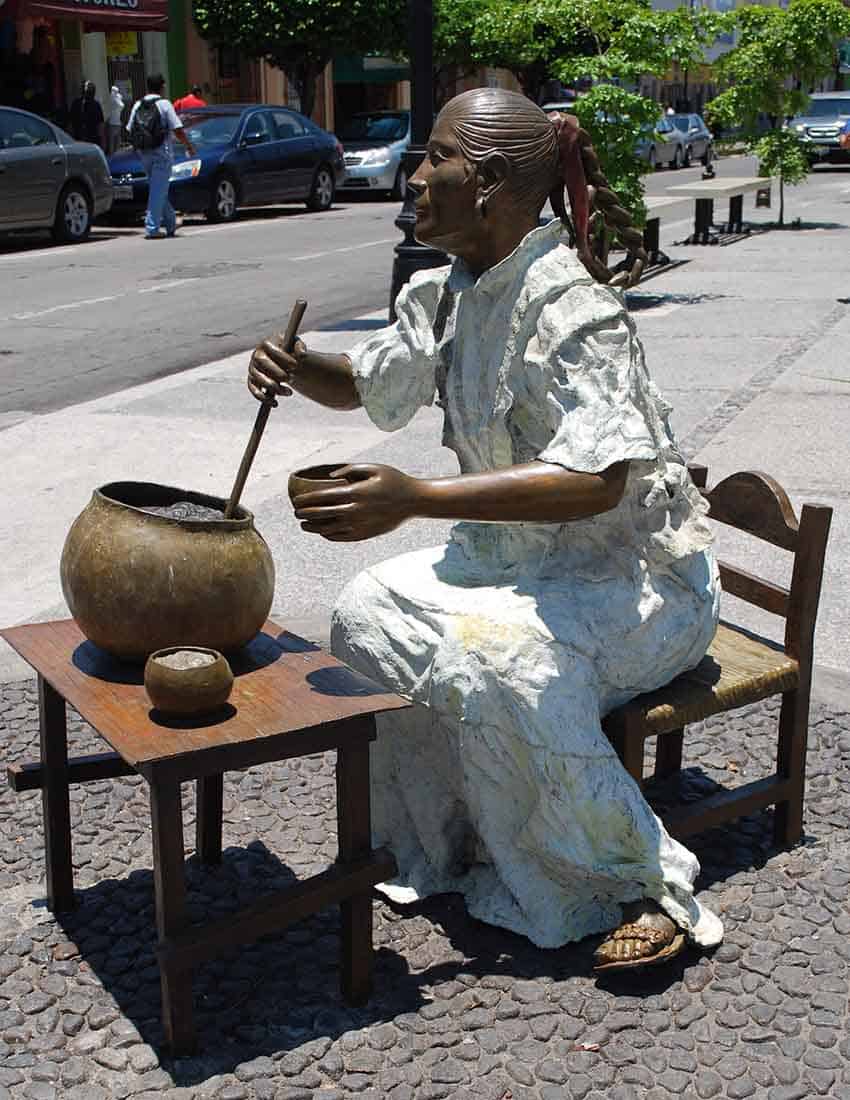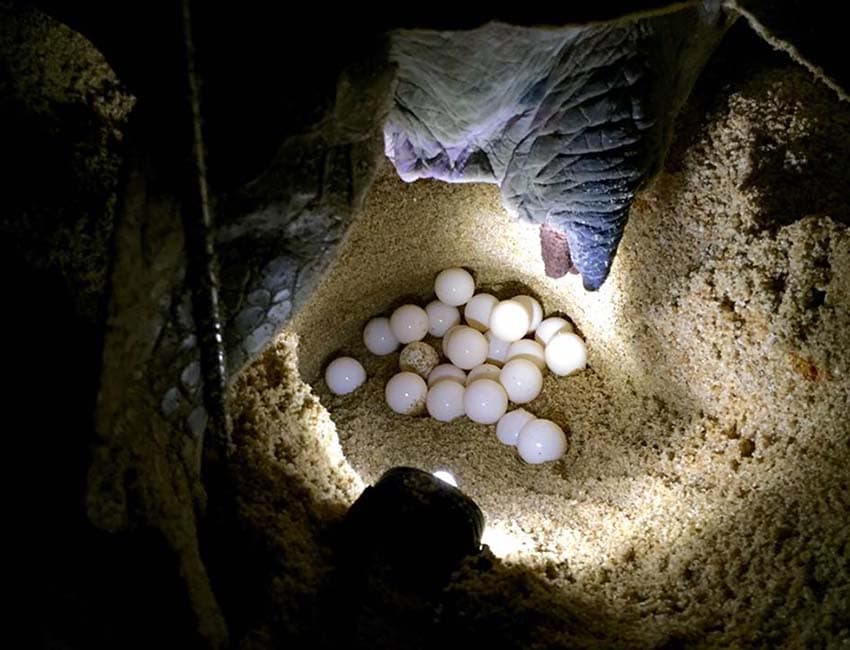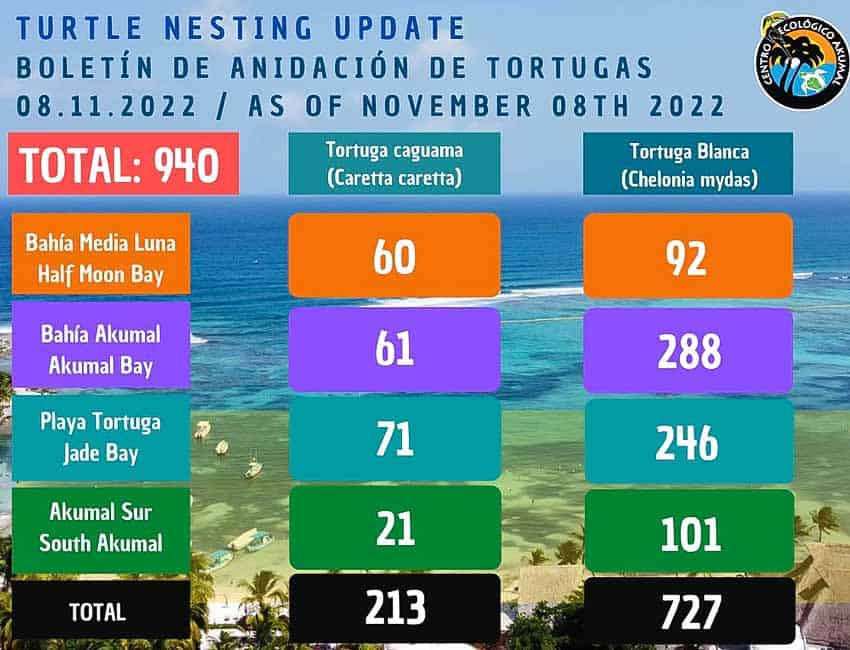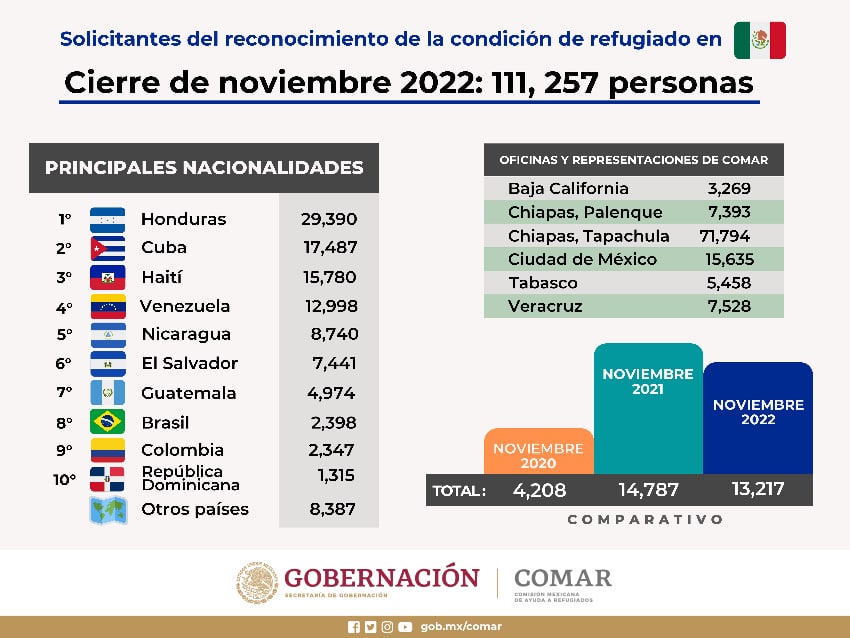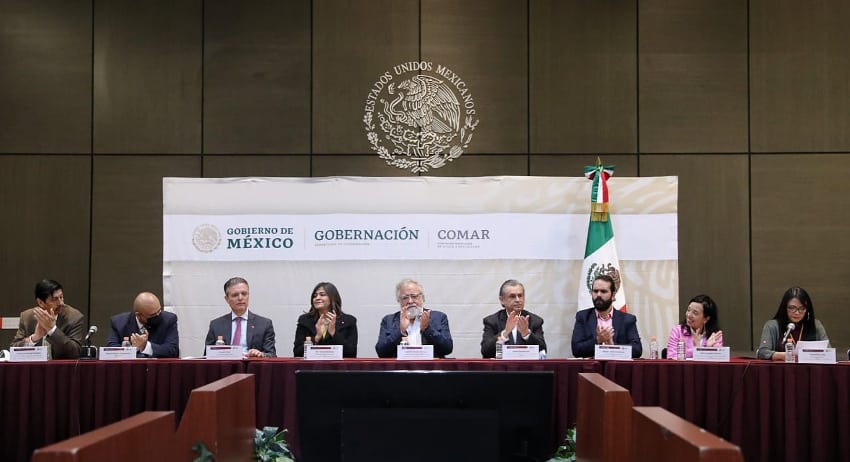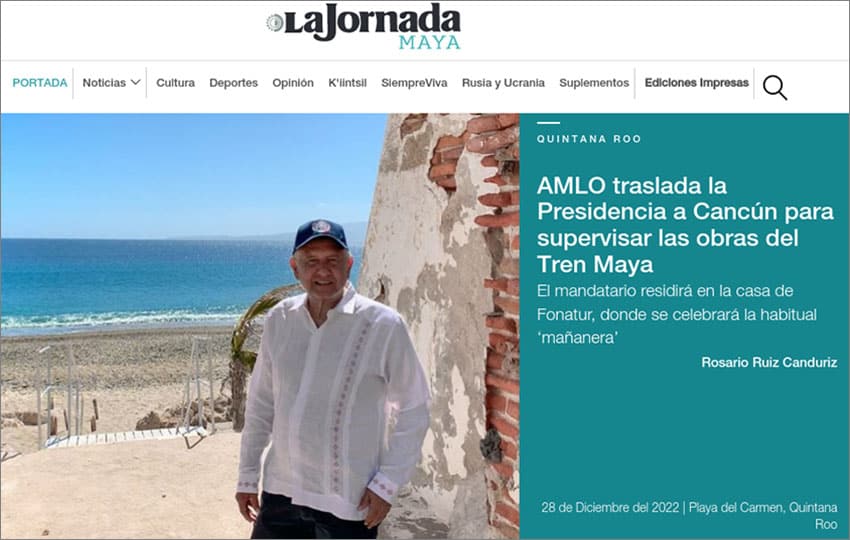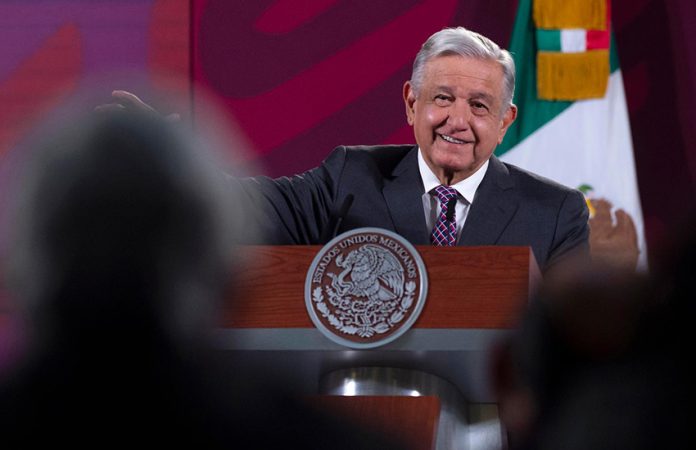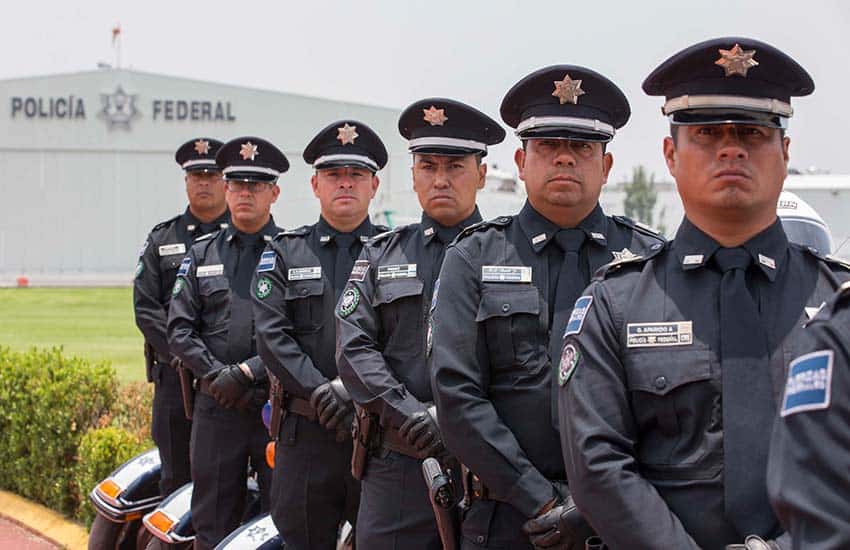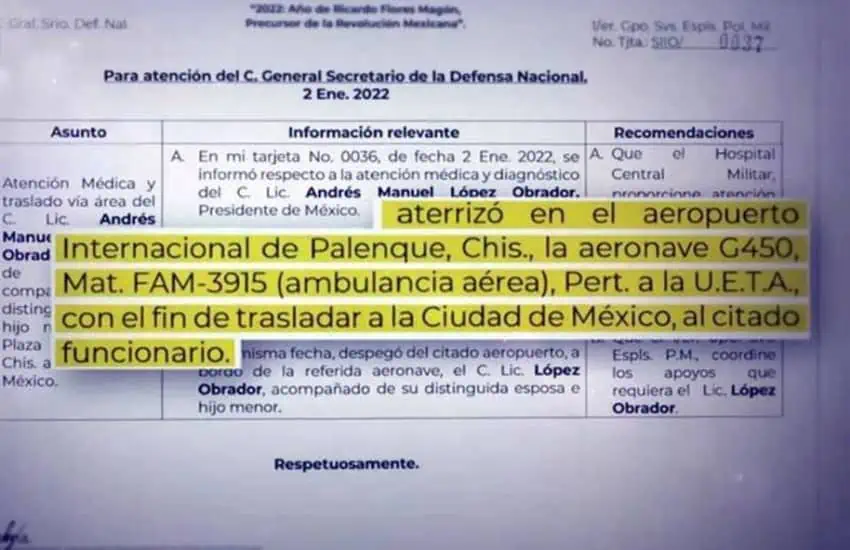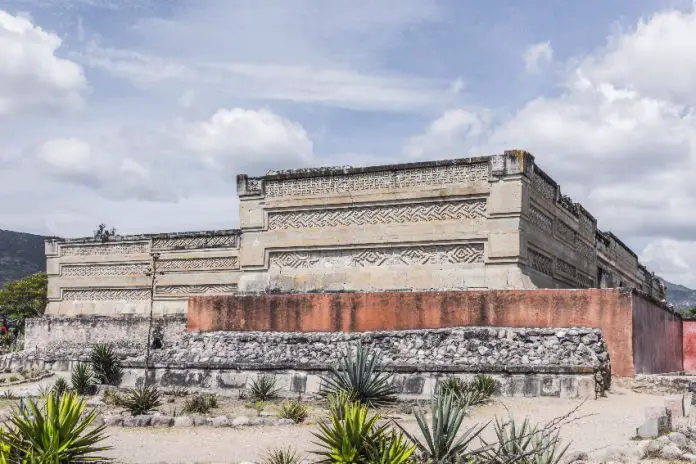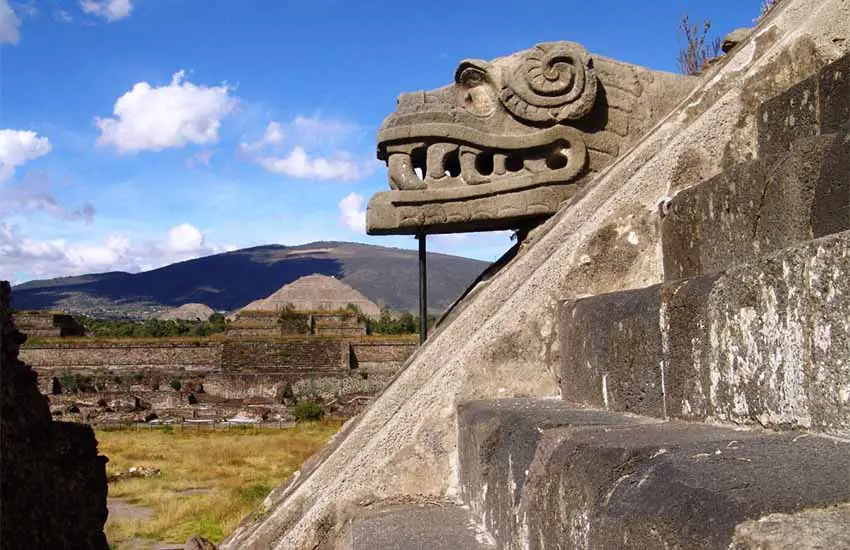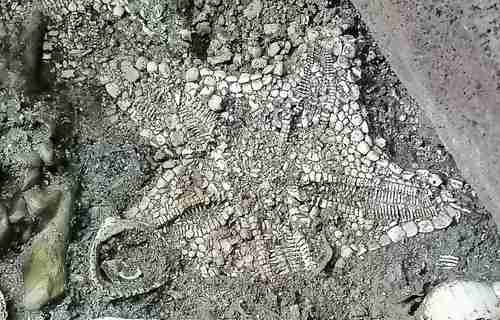‘Tis the season to imbibe everything handed your way. I’m going to make an educated guess and assume that most things you’re offered between December 12 and January 6 are delightfully filled with fats, sugar, empty carbs and even emptier calories.
If you’re anything like me, you’ve eaten, drunk and justified all of it. Including the treats that would never, on any other day of the year, interest you in the least. Like the candies stuffed in the belly of a bright and colorful piñata, those thick and creamy eggnog martinis, that sweet, dense-as-a-Memory-foam-mattress fruitcake.
My job is not to tell you not to indulge. Just writing this article has me salivating for a rosca de reyes. Let your palate luxuriate in the treats that are actually worthwhile. The bites that bring you back to your childhood, abuela’s special dish you’ve been waiting to savor all year.
I’m simply writing this article to state the following: If you don’t want to come out of the holidays feeling like a sloth, make an effort to cut the bad stuff where you can.
One of the easiest ways to control your caloric intake is through the beverages you choose. Alcoholic beverages are notoriously sneaky, often full of sugar and empty calories. They can slow down your fat metabolism and encourage terrible food choices.
But a glass of wine tastes so good with that bacalao. And a sip of tequila pairs nicely with family gossip.
I couldn’t agree more.
So have your wine! Sip your tequila! Just drink smart and choose additive-free drinks.
Additives are added to nearly everything we eat and drink nowadays. They’re frequently utilized to enhance the flavor of an otherwise watery beverage whose ingredients haven’t been properly cultivated in the name of mass production. Nutritive sweeteners, preservatives, sugars and other extracts are infused into a spirit’s development process. While perfectly legal, the inclusion of colorants and extra sugars isn’t necessarily natural. What’s more, some of these additives may not be synonymous with health.
Below are four of the most common beverages you will encounter this holiday season in Mexico and some additive-free alternatives.
Tequila
There are two basic reasons that tequila contains additives.
- Agave plants are being used before they’ve fully matured.
- Distillers are moving away from the traditional development process for a more modern and much easier one.
The upside is more tequila can be produced at a faster pace. The downside is the taste can be noticeably altered. To make up for lack of flavor and density, some producers turn to sugars, colorants, extracts and glycerin. By law, tequila brands are permitted 1% unlisted additional ingredients. It might not sound drastic, but 1% is a significant level of unknown content. This shift is conceivably undetectable to the untrained palette. A true tequila connoisseur, however, may notice the difference.
To avoid this, BYOT to your next party and choose from this list of 70 brands that have been arduously tested and deemed additive-free by TasteTequila.
Mezcal
Mezcal is, or should be, additive-free by law. While tequila does not have to be 100% agave-based, mezcal does. The coveted spirit is still produced using only traditional methods, meaning its flavor remains intact and needs no meddling.
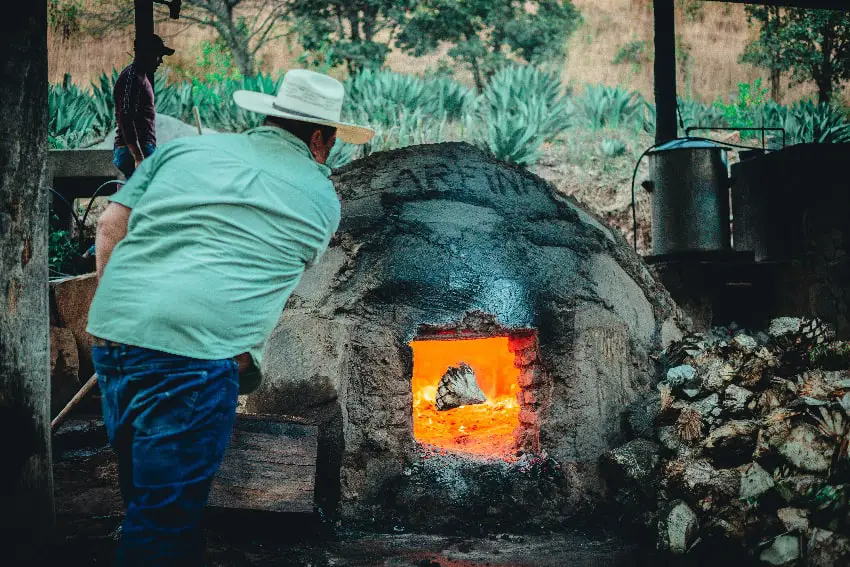
As any long-time expat in Mexico knows, mezcal is meant to be enjoyed as is. So while that mezcal mule might sound titillating in the moment, it may not be worth it tomorrow.
You may already have a preferred mezcal brand, but if you’re looking for something new or you’re in the mood to experiment, check out Insider’s latest list of the 8 Best Mezcals on the market right now.
Wine
Conventional wines undergo a heavy production process. Commercial yeasts are often used in fermentation while other additives are incorporated to darken the color or sweeten the taste. If you’re vegan, note that animal products such as egg whites, fish bladder or milk proteins might be used during the clarification step. Moreover, vines are known to be sprayed with pesticides even when no pests are present. Many of these extras, in some form or another, could make it to your glass.
Today’s movement toward organic, biodynamic production has eliminated such additives, giving rise to a well-received natural wine industry. This is excellent news for those of us looking for an almost-hangover-free alternative in a country where wine consumption is growing rapidly every year.
Ponche
Ponche is a foundational element to anything Navidad-related. It’s delicious, sweet, fruity and chock full of piloncillo or other refined sugars. And guess what? It doesn’t need to be.

Ponche can be just as delightful with all of the expected ingredients – fruit, jamaica (hibiscus), herbs, pure sugarcane (which, by the way, may have a variety of positive benefits on your metabolism, pH levels, magnesium levels, antibacterial levels…the list goes on). This Christmas, make your ponche but skip the added sugar. If it still doesn’t feel sweet enough, consider adding pure honey instead of sugar. If you like ponche with a kick, opt for an additive-free spirit or natural wine over brandy.
¡Salud! Wishing you a magical holiday season.
Bethany Platanella is a travel and lifestyle writer based in Mexico City. With her company, Active Escapes International, she plans and leads private and small-group active retreats. She loves Mexico’s local markets, Mexican slang, practicing yoga and fresh tortillas. Sign up for her (almost) weekly love letters or follow her Instagram account, @a.e.i.wellness.


